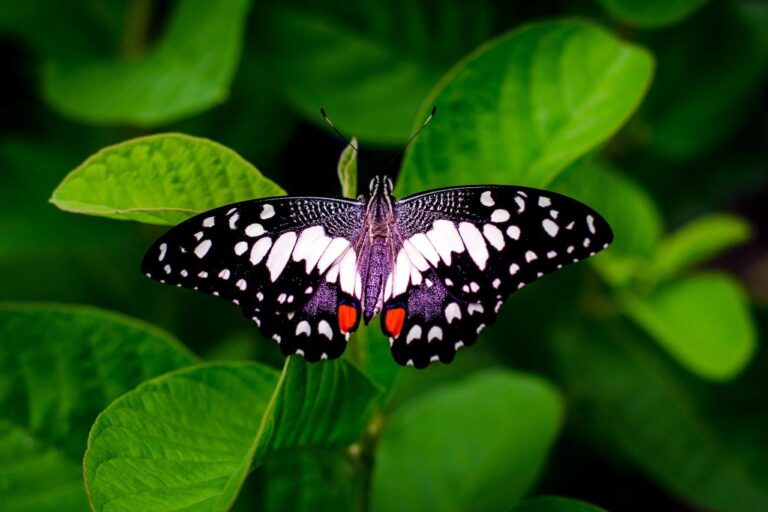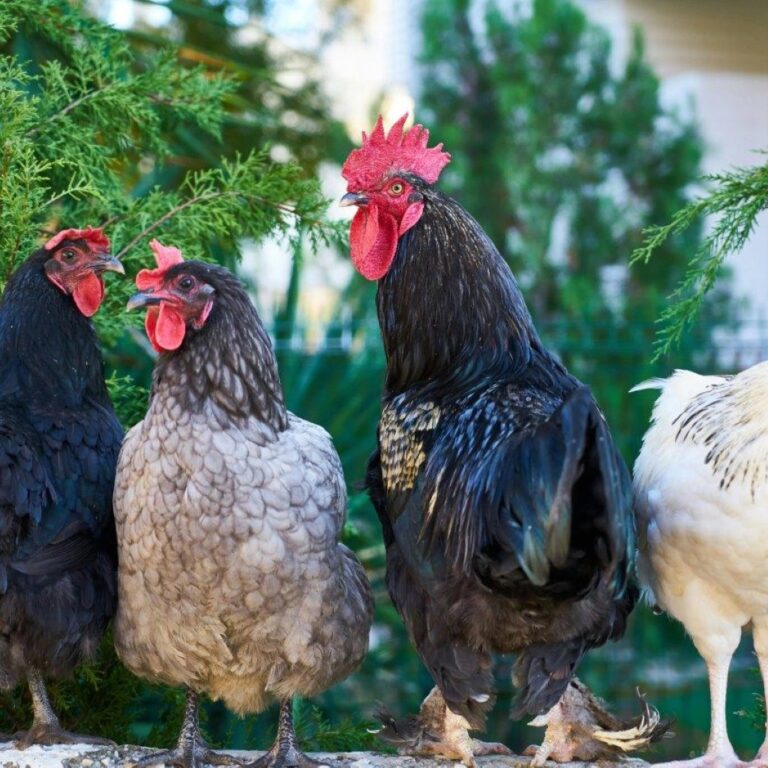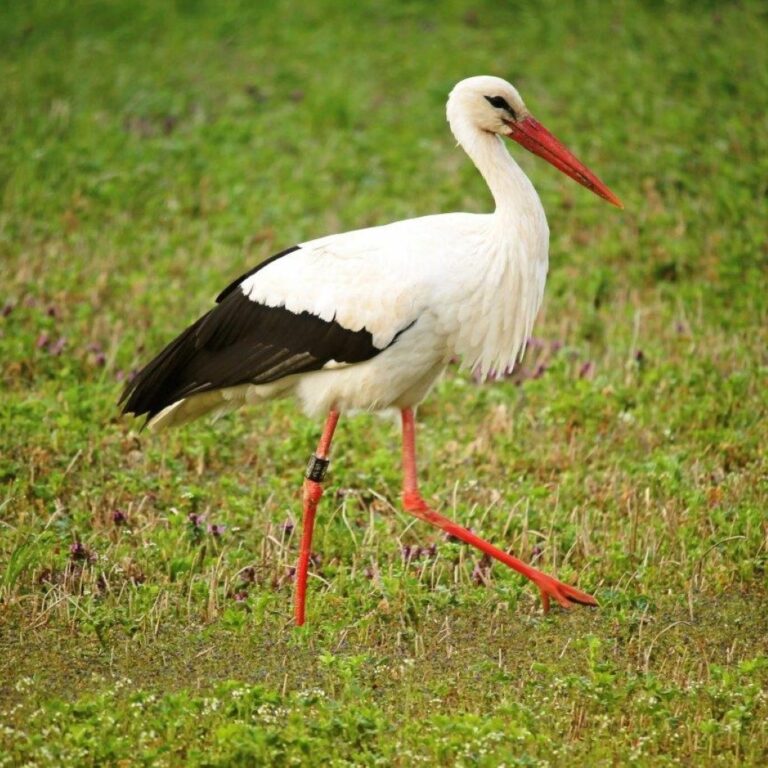There are approximately 20,000 species of butterflies worldwide, with new species still being discovered. They are found on every continent except Antarctica.
Butterflies undergo a complete metamorphosis, which includes four stages: egg, larva (caterpillar), pupa (chrysalis), and adult. This transformation is one of the most dramatic in the animal kingdom.
Butterflies taste with their feet! They have taste sensors on their legs that help them determine if a plant is suitable for laying eggs or for feeding.
The wings of butterflies are covered in tiny scales that give them their brilliant colors. These scales are arranged in complex patterns that can also help with camouflage or signaling to other butterflies.
Butterflies are cold-blooded and rely on external heat sources to regulate their body temperature. This is why they are often seen basking in the sun with their wings spread wide.
Monarch butterflies are famous for their incredible migration, traveling up to 3,000 miles from North America to central Mexico to escape the winter cold.
Some butterfly species have transparent wings. The glasswing butterfly, for example, has wings that are almost completely see-through, allowing it to blend into its surroundings and avoid predators.
Butterflies are important pollinators and contribute to the health of ecosystems by helping plants reproduce. They are attracted to brightly colored flowers and feed on nectar using their long, tube-like mouthpart called a proboscis.
The lifespan of a butterfly varies by species, with some living only a few weeks, while others, like the monarch butterfly, can live for several months, especially during their migratory journey.
Butterflies are known for their fluttering flight, but they are also capable of swift and agile maneuvers, which help them evade predators like birds and other insects.
Butterflies use a variety of defenses to protect themselves from predators, including mimicry, where they imitate the appearance of other, more dangerous animals, and cryptic coloration, where they blend in with their environment.
The world's largest butterfly is the Queen Alexandra's birdwing, which can have a wingspan of up to 12 inches. It is native to the rainforests of Papua New Guinea.
Butterflies have a unique way of resting called 'roosting,' where they close their wings and hang upside down from leaves or branches. This behavior helps them conserve energy and avoid detection.
Butterflies are highly sensitive to environmental changes, making them important indicators of ecosystem health. A decline in butterfly populations can signal problems like habitat loss or pollution.
Conservation efforts are crucial for protecting butterfly habitats, especially in areas threatened by deforestation, agriculture, and climate change. Creating butterfly-friendly gardens and preserving natural habitats are key to their survival.



